30+ Research Essay Examples to Download
In the realm of academic exploration, research essays stand as an essential element of scholarly discourse. These essays delve into a variety of themes and subjects, allowing students and researchers to showcase their analytical prowess, critical thinking abilities, and depth of understanding. In this guide, we will unravel the intricacies of research essays, define their nature, detail the step-by-step process to draft them, address common queries, and ultimately, equip you to create compelling research essays that resonate with the academic community.
1. Proposal Essay For Research Paper
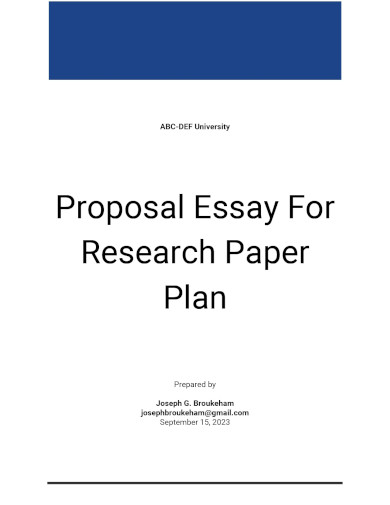
2. Research Paper Extended Essay Example

3. Research Paper APA Format Essay Example
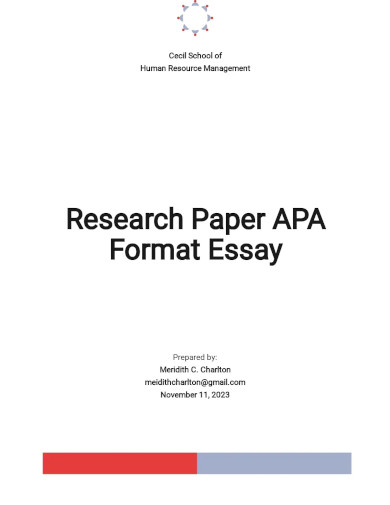
4. Comparative Research Essay Example

5. Career Research Paper Essay Example

6. Research Essay Example
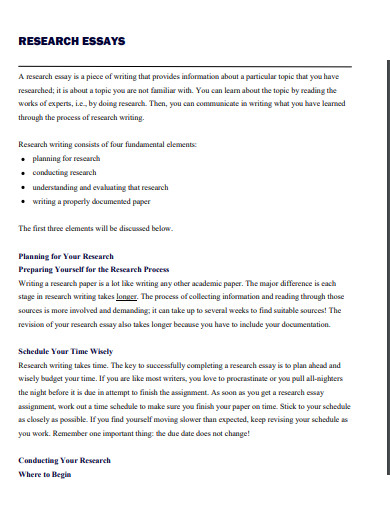
international.humber.ca
7. Research Essay Worksheet Example
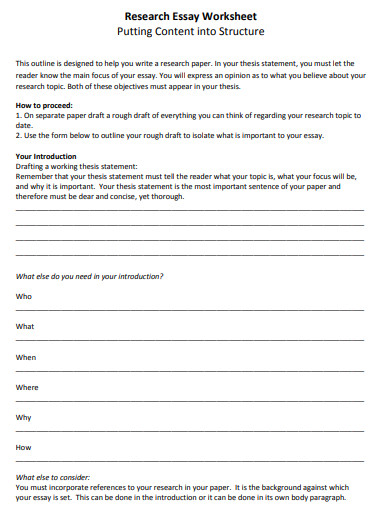
mtsac.edu
8. Short Research Essay Example
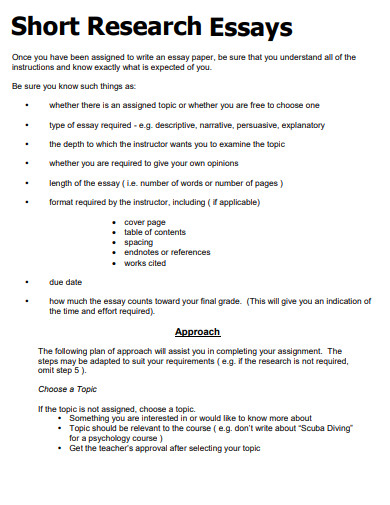
confederationcollege.ca
9. Procedures for Research Essay Example
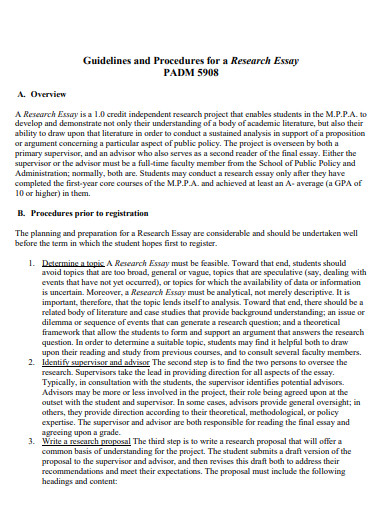
carleton.ca
10. Research Assignment Essay Example
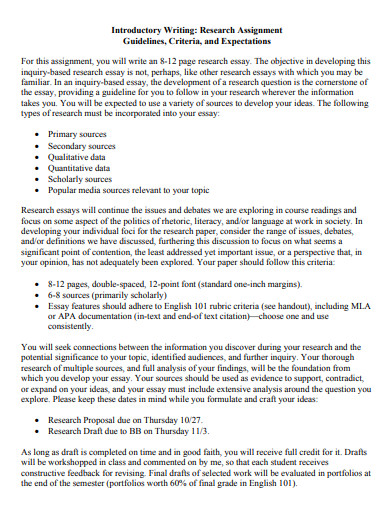
labs.wsu.edu
11. Research Essay Sheet Example

anglistik.hhu.de
12. Documented Research Essay Example
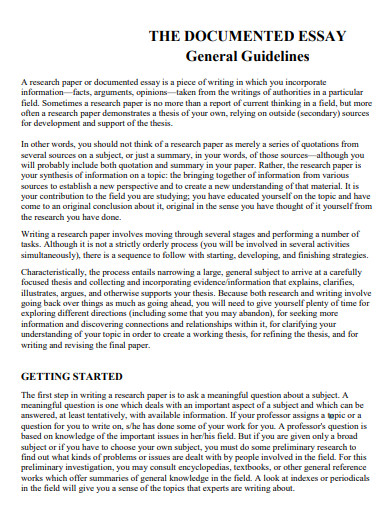
hunter.cuny.edu
13. Supervisors Research Essay Example
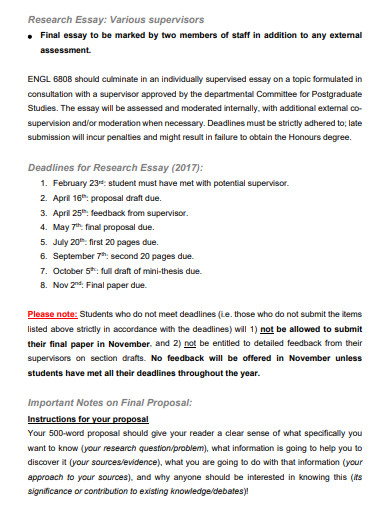
ufs.ac.za
14. Good Research Essay Example
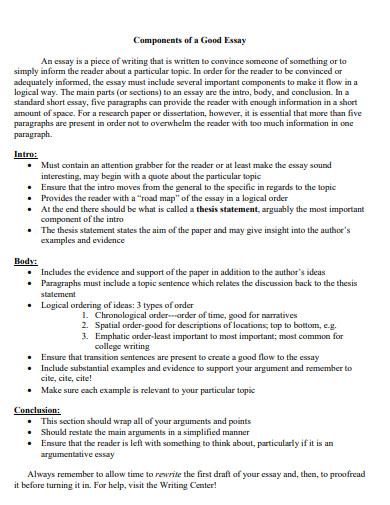
evansville.edu
15. Sample Research Essay Example
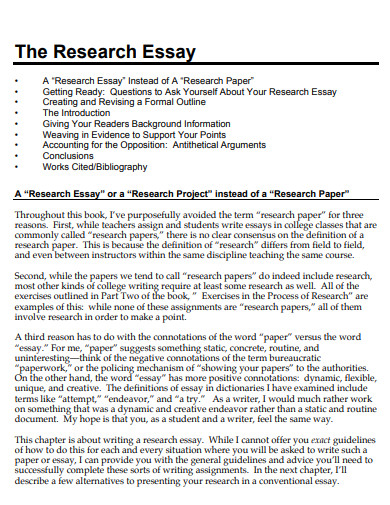
stevendkrause.com
16. Honours Research Essay Example
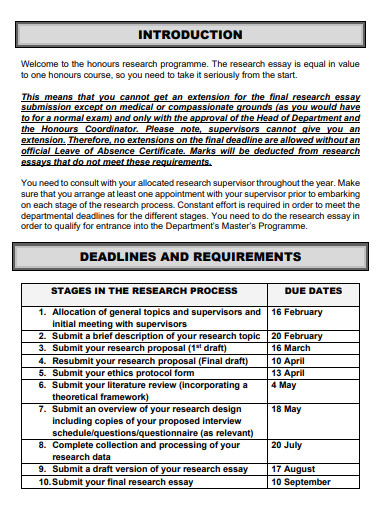
ru.ac.za
17. Student Research Essay Example
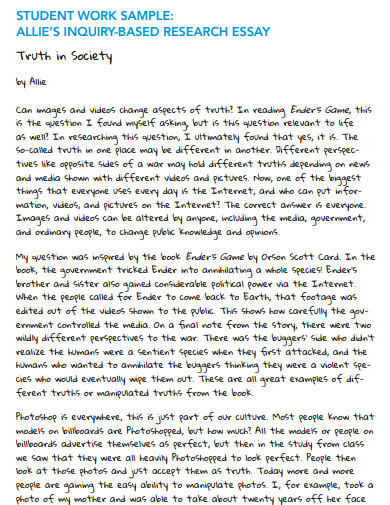
resources.corwin.com
18. Research Narrative Essay Example
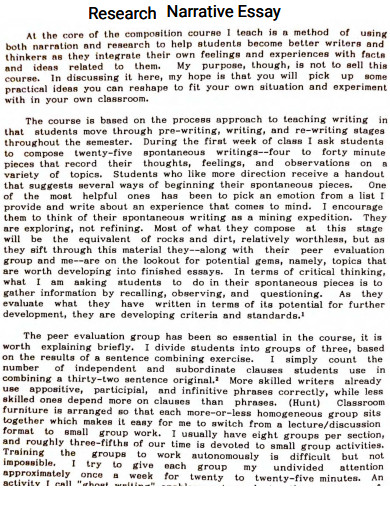
epublications.marquette.edu
19. Brief Research Essay Example
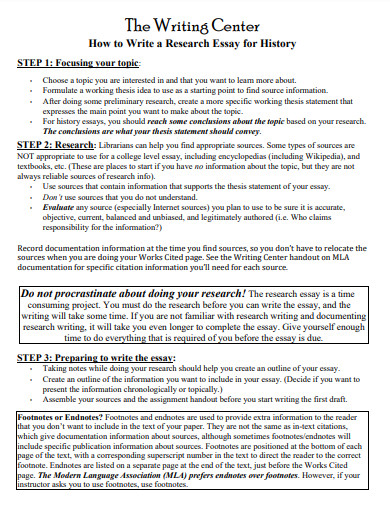
tridenttech.edu
20. Research Essay Guide Example
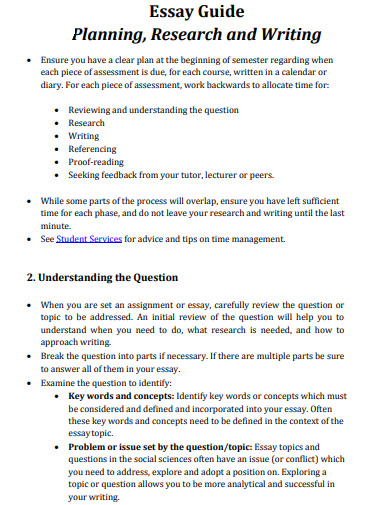
social-science.uq.edu.au
21. Current Research Essay Example
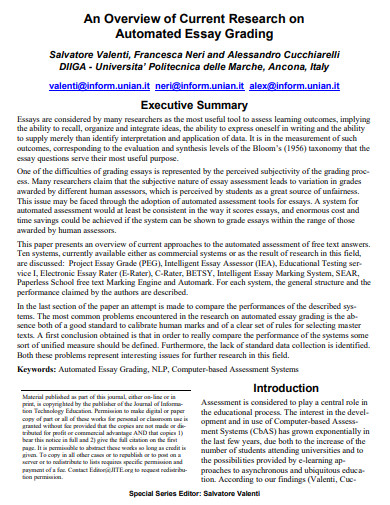
jite.org
22. Research Essay Contract Example
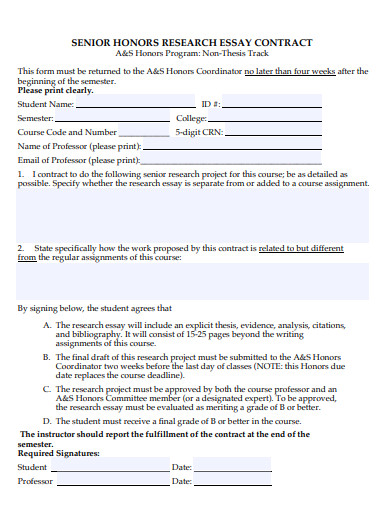
hartford.edu
23. Research Essay Outline Example
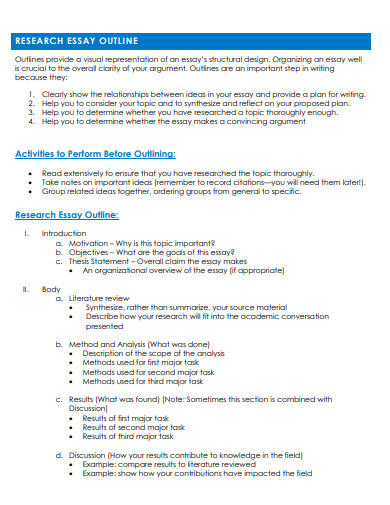
uah.edu
24. Research Essay Checklist Example
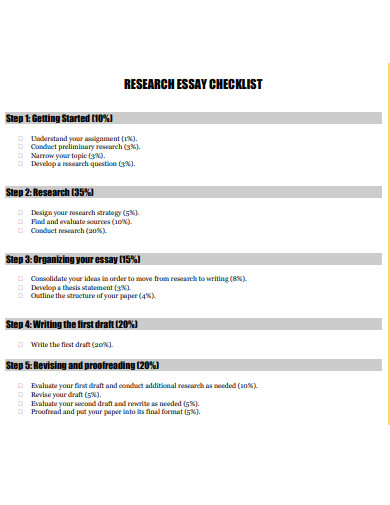
lib.uwaterloo.ca
25. Research Essay Instructions Example
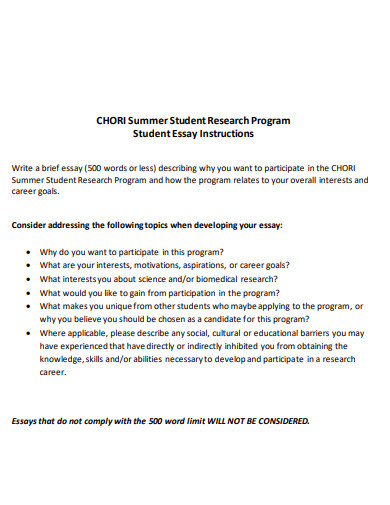
summerstudents.ucsf.edu
26. Scholarship Research Essay Example
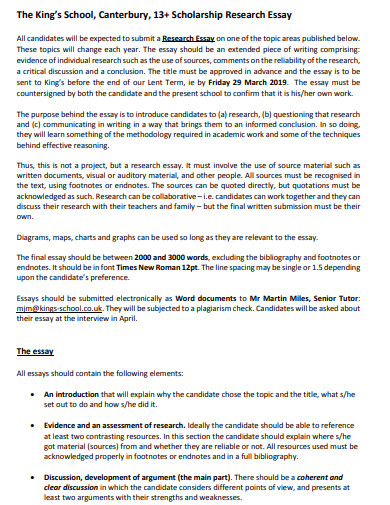
kings-school.co.uk
27. Research Essay Application Example
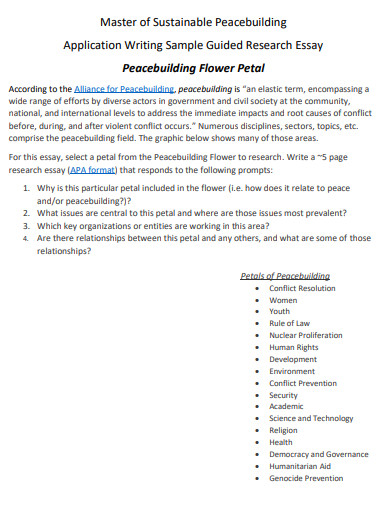
uwm.edu
28. Research Essay Rubric Example
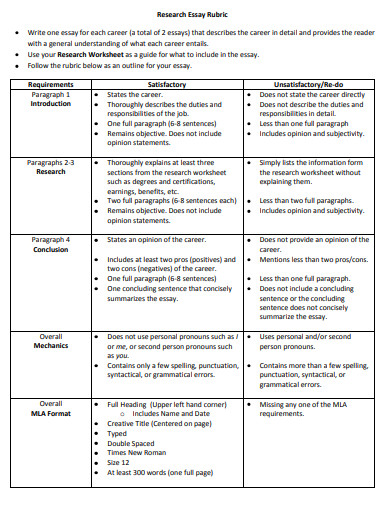
raec.rocklinusd.org
29. Vaccinations Research Essay Example
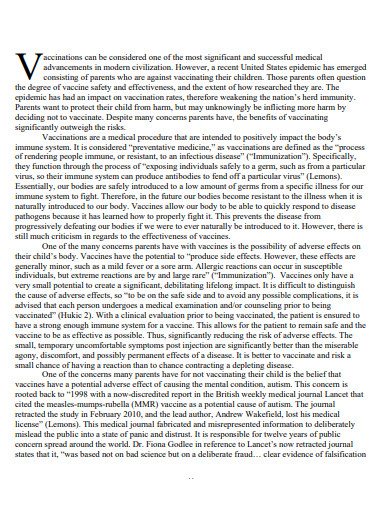
dc.cod.edu
30. Introductory Research Essay Example

pub.epsilon.slu.se
31. Blank Research Essay Example
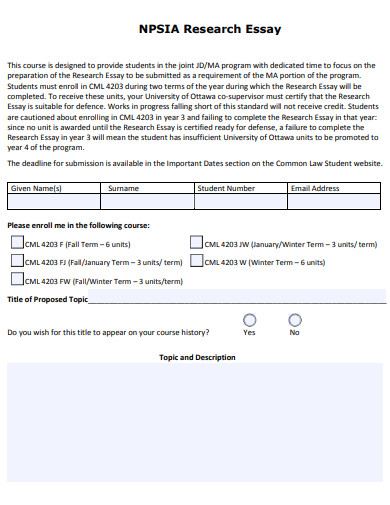
uottawa.ca
What is a Research Essay
A research essay is a written composition that delves deep into a particular subject, supported by meticulous investigation and analysis. It is an intellectual endeavor that aims to explore a chosen theme with precision and coherence. This type of essay requires more than just presenting facts; it involves crafting a coherent narrative with a clear tone while maintaining academic rigor. The primary learning objectives of a research essay are to inform, persuade, and contribute to the existing body of knowledge on the chosen topic. A well-constructed research essay demonstrates a strong correlation between the writer’s ideas and credible sources, ultimately presenting a well-rounded perspective.
How to Draft a Research Essay
Crafting a research essay might seem like a daunting task, but with a systematic approach, you can create a compelling piece of academic writing. The following step-by-step guide will walk you through the process, from inception to conclusion, ensuring that your essay is well-structured, thoroughly researched, and effectively communicated.
Step 1: Choose Your Topic
The foundation of a successful research essay is selecting a captivating and relevant topic. Consider your interests, the scope of your assignment, and the existing literature on the subject. Your chosen theme should be specific enough to allow in-depth exploration yet broad enough to find credible sources for research.
Step 2: Conduct Thorough Research
With your topic defined, embark on thorough research. Consult books, scholarly articles, and case studies to gather a comprehensive understanding of your subject. Take notes, highlighting key points, potential arguments, and supporting evidence. Properly document your sources with citations and references to maintain academic integrity.
Step 3: Develop a Strong Thesis Statement
Based on your research, formulate a clear and concise thesis statement. This will serve as the guiding theme for your essay, indicating the direction your arguments and analysis will take. Your thesis should be specific, debatable, and reflective of the tone you intend to set.
Step 4: Organize Your Essay
Create an outline for your essay, arranging your main ideas and supporting evidence in a logical sequence. This will provide your essay with a coherent structure, making it easier for readers to follow your arguments. Ensure that each paragraph has a clear focus and flows smoothly into the next.
FAQs
How do I maintain a scholarly tone in my research essay?
To maintain a scholarly tone, use formal language, avoid slang, and rely on objective verbs when presenting your arguments. Maintain a neutral and unbiased perspective, focusing on the evidence and analysis rather than personal opinions.
How do I effectively integrate citations into my essay?
Citations should seamlessly blend into your writing. Use the appropriate citation style (such as APA, MLA, or Chicago) and provide proper references for each source you mention. This not only lends credibility to your work but also acknowledges the work of other researchers.
What role does a case study play in a research essay?
A case study provides a real-world example that supports or illustrates your arguments. It adds depth to your analysis by applying theoretical concepts to practical situations, strengthening the validity of your research.
In the realm of academia, research essays serve as intellectual journeys that contribute to the expansion of knowledge. By following the steps outlined in this guide, you can create a research essay that is well-researched, well-structured, and compelling. Remember that each element, from choosing your theme to integrating references, plays a crucial role in crafting an impactful essay. So, embark on your research essay journey with confidence, and let your insights enrich the scholarly discourse.


